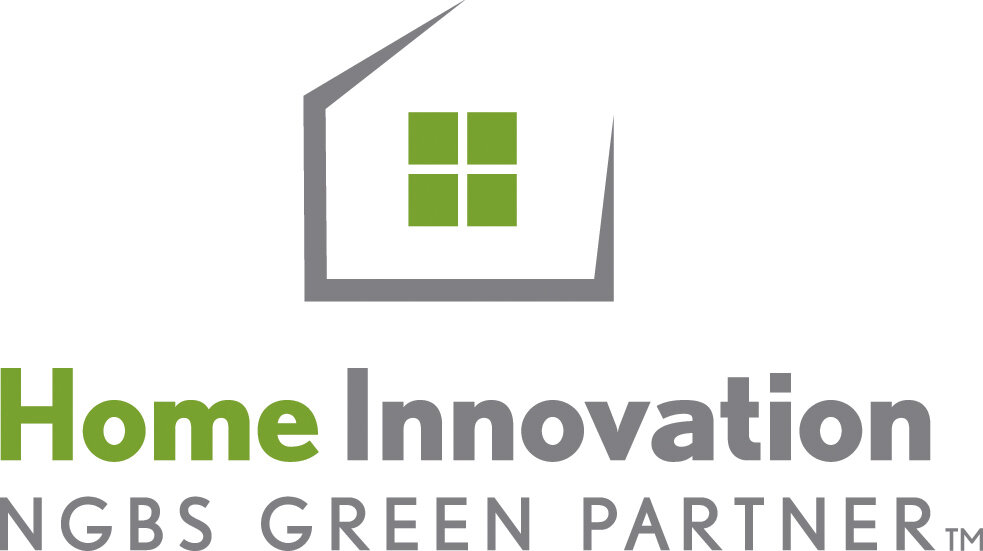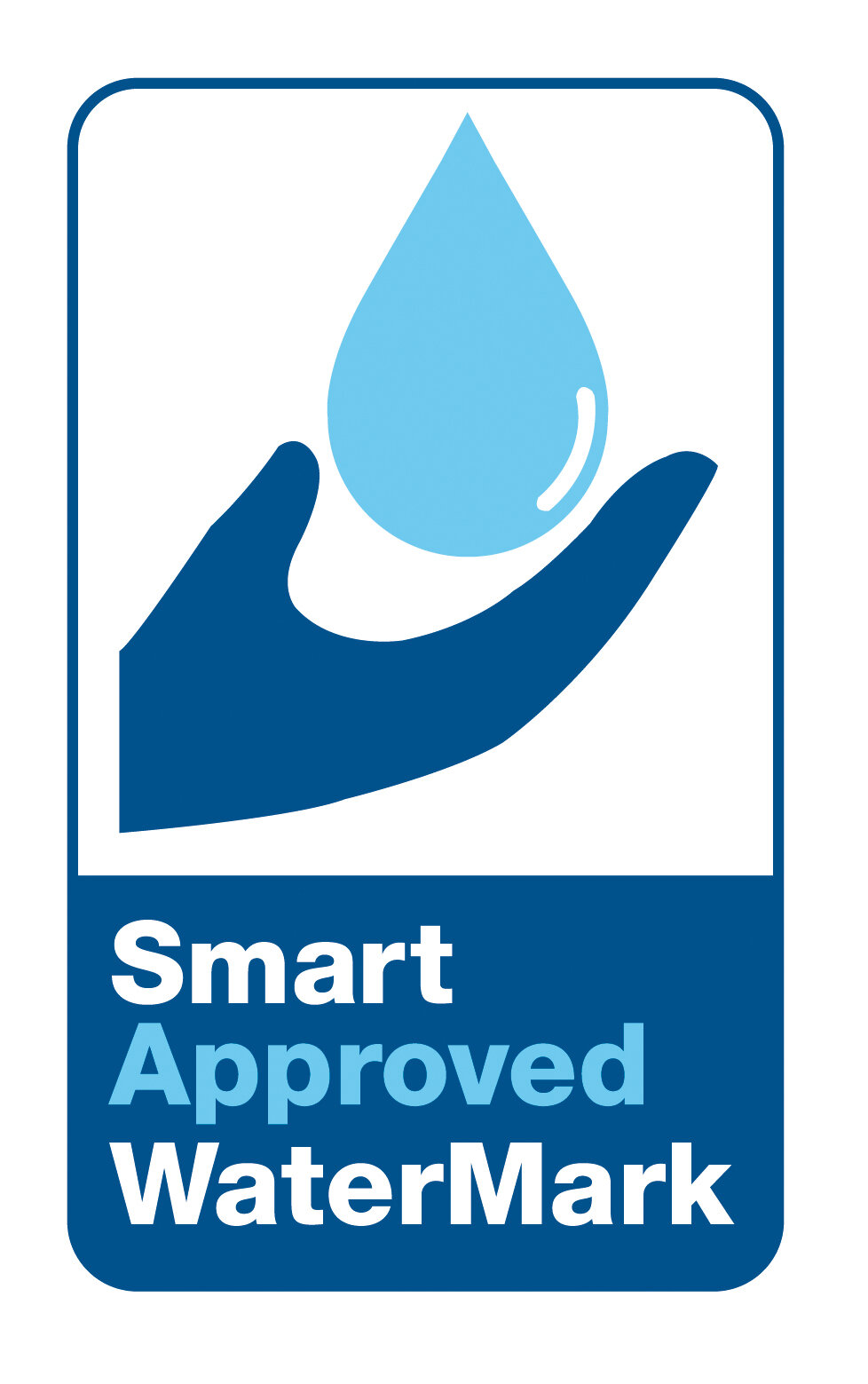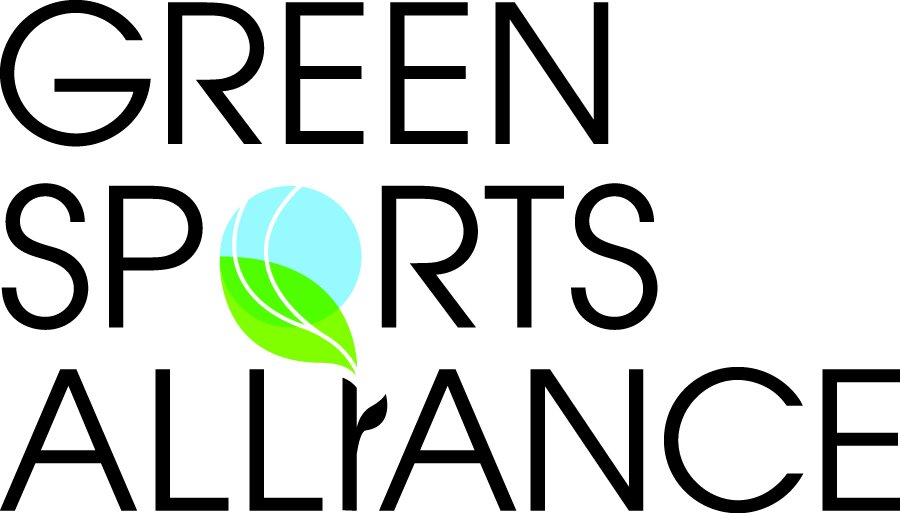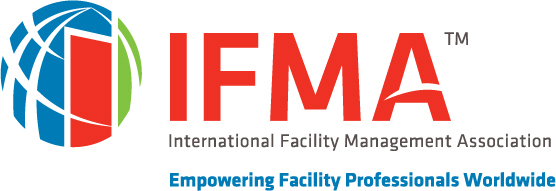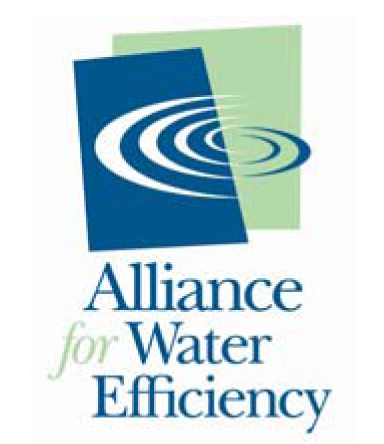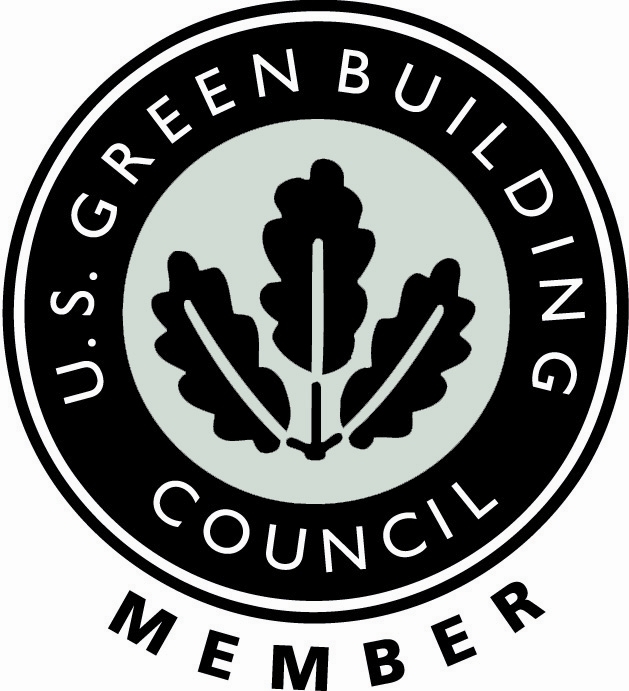Commercial facilities' water usage depends on a variety of factors, including the building's age, local climate, and its specific use. For example, an office with a cafeteria and kitchen will likely use more water than one without. Similarly, the type and age of HVAC systems can significantly impact a property's water consumption.
The Restroom: A Key Focus for Water Efficiency
Despite these variables, the U.S. Department of Energy reports that restrooms are the largest water consumers in nearly all commercial settings. In fact, toilets, sinks, and urinals account for about 60% of all water used in a commercial facility. This makes the restroom the ideal place to start for building owners and managers who want to improve water efficiency and lower costs.
It's important to distinguish between water efficiency and water conservation.
Water conservation is a temporary reduction in water usage, often in response to a water shortage. For instance, a city might ask residents to limit outdoor watering during a drought. Once the shortage ends, these restrictions are usually lifted.
Water efficiency, on the other hand, is a long-term strategy for reducing water consumption regardless of current water conditions. This involves installing systems and fixtures that meet the same needs as conventional ones but use less water over time.
By implementing water efficiency measures, building owners can achieve a measurable return on investment (ROI). This can be calculated by comparing previous spending on water and related operational costs with new, lower costs. The ROI for new equipment and fixtures can be substantial, as it includes savings from reduced water, sewer, energy, and maintenance costs over the lifetime of the project.
Key Steps to Improve Water Efficiency
Here are some effective steps commercial facilities can take to become more water-efficient:
Toilets: Replace older toilets with models that meet or exceed plumbing codes, using 1.6 gallons per flush (gpf). Consider high-efficiency or dual-flush toilets that use even less water.
Faucets: Install low-flow aerators on faucets to reduce water flow from approximately 2.2 gallons per minute (gpm) to as little as 0.5 gpm.
Urinals: Upgrade to newer, low-flow urinals that use 1.0 gpf or less. For maximum savings, consider installing waterless urinals. A Rand Corporation study found that these can lead to significant savings from reduced maintenance costs in addition to saving water.
Alternative Water Sources: Explore greywater distribution systems. This non-potable water, collected from sinks and showers, can be reused for flushing toilets and urinals, and in some cases, for landscape irrigation.
Leak Detection: Implement a formal leak detection program. Regular checks of all fixtures and plumbing connections can prevent the loss of thousands of gallons of water each year. Leaks are often only fixed when they become obvious, but a proactive program can catch and fix them early.
The Power of Tracking Water Usage
Before making any changes, the first and most crucial step is to understand where your facility is using water. Installing sub-meters in different areas—such as restrooms, kitchens, or different floors—and tracking consumption can reveal inconsistencies and problem areas.
For instance, if one section of a building uses significantly more water than another, is it due to fewer occupants, or could there be hidden plumbing leaks or outdated fixtures? Tracking this data allows building engineers to quickly pinpoint and address these issues, helping owners and managers prioritize which areas to upgrade first to maximize savings.
By investing in water efficiency, building owners and managers not only save money but also position themselves as leaders in their communities, making a positive impact on reducing water consumption.
Klaus Reichardt is a frequent speaker and author on water conservation and water efficiency issues. He is the founder and CEO of Waterless Co. Inc, makers of no-water urinal systems and other restroom products.


